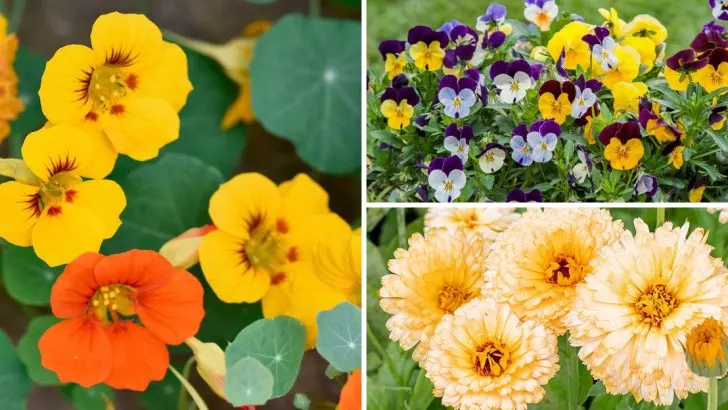Edible flowers usually get invited to the plate for their looks—tucked on top of cakes or scattered across salads like confetti. But some of them bring more than just color. They’ve got real flavor—peppery, sweet, citrusy, even slightly nutty—that can surprise you in the best way.
Sure, they’re pretty, but these 18 blooms have something going on beneath the surface. A few might remind you of herbs, while others taste almost like candy. It’s a fun way to mix things up in the kitchen, and it turns out the garden can be a bit of a spice rack if you know what to pick.
Nasturtium
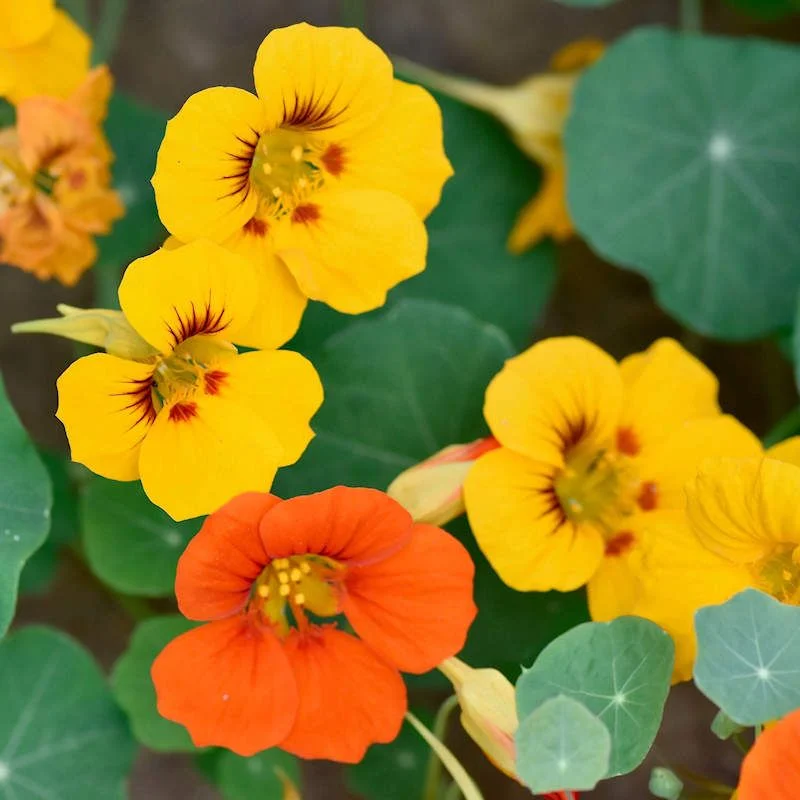
Nasturtiums are a burst of color and flavor, with their bright petals ranging from fiery oranges to sunny yellows. The flowers have a peppery taste, somewhat similar to watercress, adding a spicy kick to salads and garnishes.
These blooms are not just pretty faces. They’re rich in vitamin C and iron, making them a nutritious choice. Nasturtiums grow easily in gardens and pots, flourishing even under a novice gardener’s care.
Their trailing habit makes them ideal for hanging baskets, where they can add a splash of color and flavor within reach.
Borage
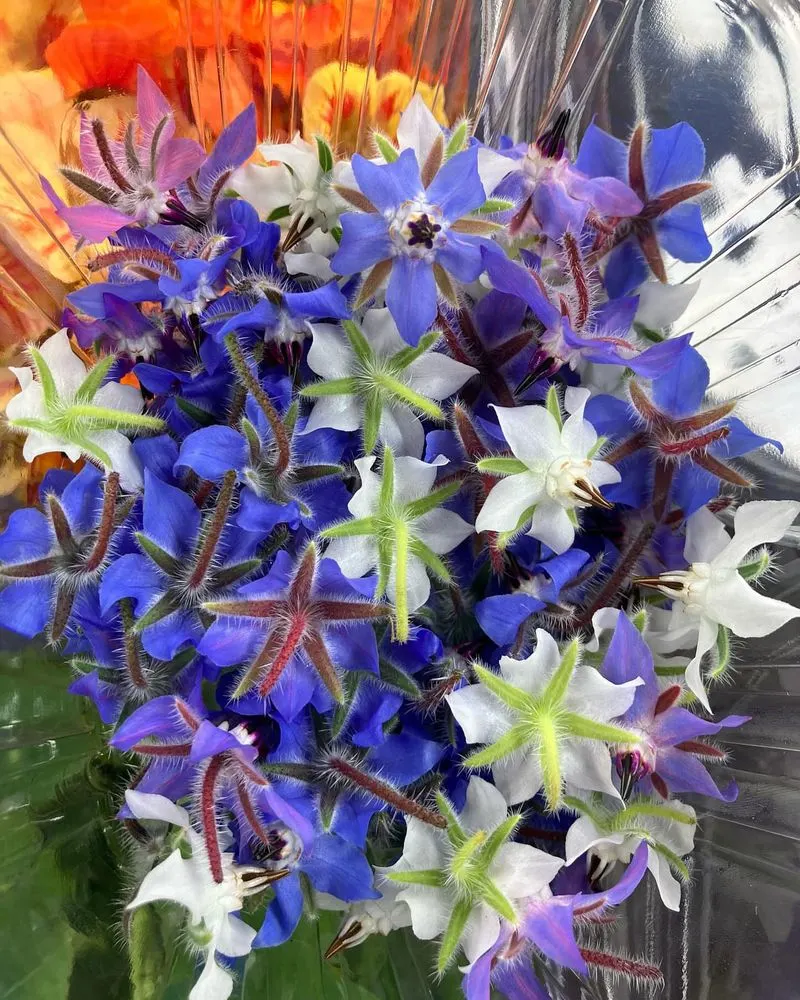
Borage flowers are as charming as they are tasty. With star-shaped blue petals, these flowers resemble a mini-galaxy in your garden. Their taste is a delightful mix of cucumber with a hint of sweetness, perfect for cooling drinks and desserts.
Historically, borage has been used in herbal medicine to uplift spirits, thanks to its invigorating flavor. The flowers and leaves are edible, offering versatility in culinary applications.
Plant borage in your garden for a pop of color and an unexpected twist in your next summer salad or cocktail.
Viola
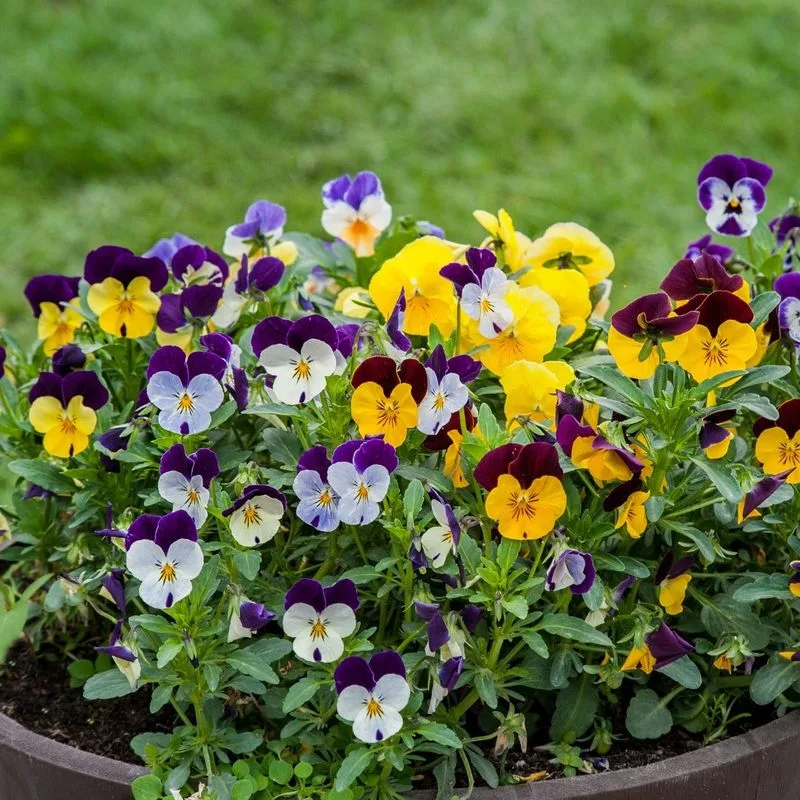
Violas, with their delicate, cheerful blooms, are a feast for the eyes and taste buds. They offer a mild, sweet flavor with slight wintergreen undertones, perfect for adding to salads, desserts, and cold dishes.
Their vibrant colors range from deep purples to pastel yellows, ensuring they brighten any meal. Violas are easy to grow, thriving in a variety of climates and soil types.
These flowers are not only edible but also known for their traditional use in soothing teas and herbal remedies, adding to their charm and utility.
Calendula

Calendula, often called “poor man’s saffron,” brings a warm, peppery flavor to dishes. The petals can be used to infuse oils or as a colorful garnish in salads and soups.
These flowers are more than just edible; they have been used for centuries in herbal medicine for their healing properties. Their vibrant color can transform a dish, not just in flavor but in aesthetics.
Grow calendula in your garden for an easy-to-maintain flower that attracts beneficial insects, while providing you with a culinary and medicinal boon.
Pansy
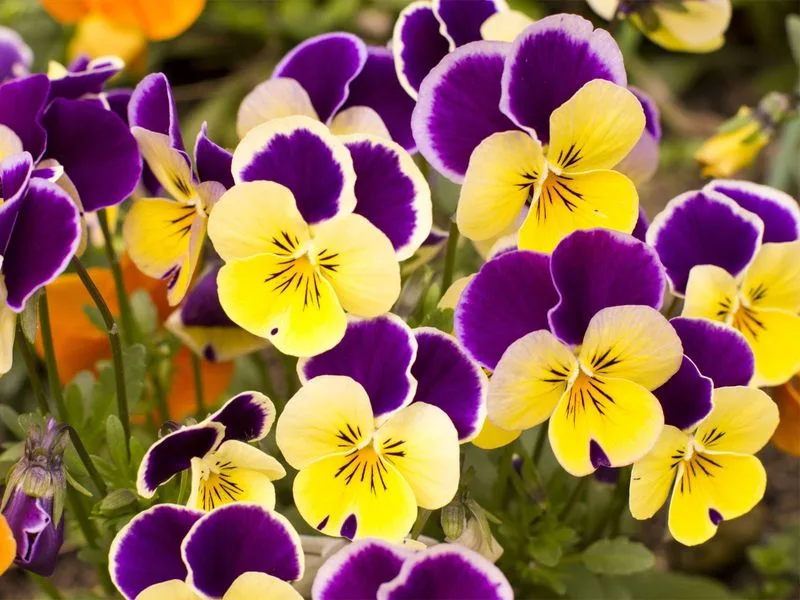
Pansies are not just pretty faces. These flowers come in a variety of colors and have a mild, slightly sweet flavor that makes them perfect for garnishes and salads.
Their colorful petals can be candied or frozen in ice cubes, adding a touch of elegance to desserts and beverages. Pansies thrive in cooler weather, making them ideal for spring and fall gardens.
Besides their culinary uses, pansies symbolize thoughts of love and admiration, making them a thoughtful gift or decoration in social gatherings.
Lavender
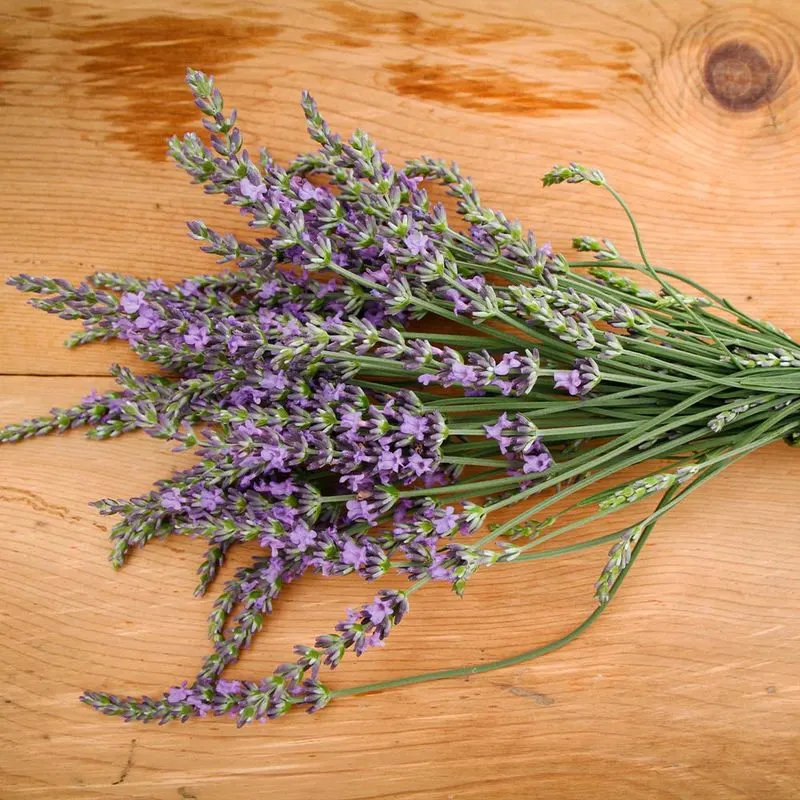
Lavender is well-known for its soothing scent, but its flowers also offer a distinct, floral flavor with hints of citrus and mint. Perfect for both savory and sweet dishes, lavender can be used in teas, syrups, and even roasted meats.
These flowers lend a unique aroma and taste, making any dish feel sophisticated. Lavender’s calming properties are also harnessed in essential oils and teas, offering both taste and tranquility.
A garden of lavender not only delights the senses with its beauty but also serves as a haven for bees and butterflies.
Hibiscus
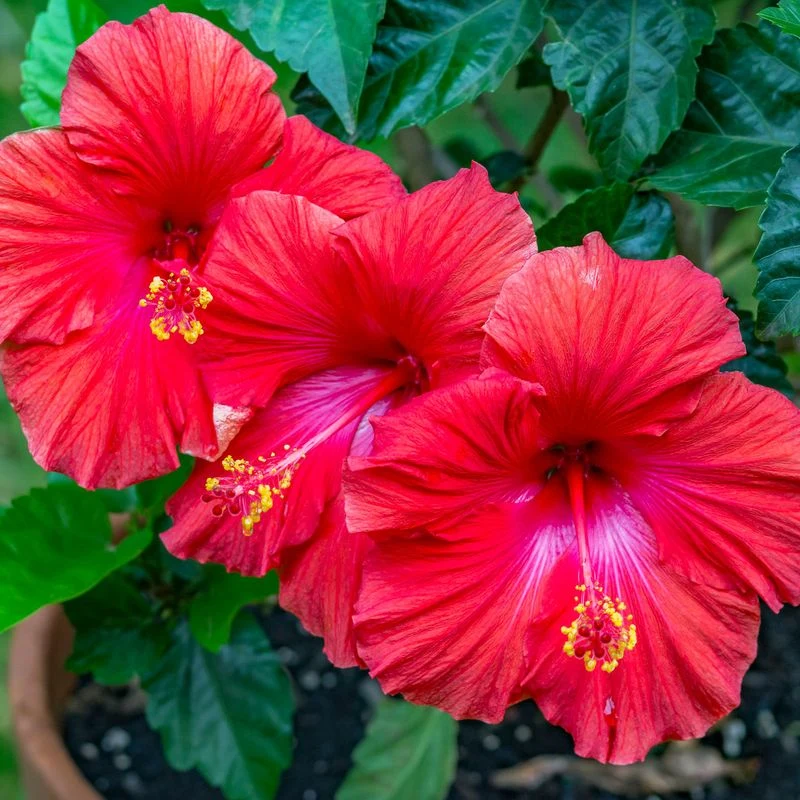
Hibiscus flowers are as striking as they are flavorful. Known for their bold red color, they add a tart, cranberry-like taste to teas and cocktails. Hibiscus is often used in beverages for its refreshing quality and vibrant hue.
In many cultures, hibiscus tea is valued for its potential health benefits, including lowering blood pressure and aiding digestion.
These tropical beauties thrive in warm climates and are relatively easy to cultivate, bringing a splash of the tropics to your garden. Their striking beauty and flavorful contributions make them a favorite among edible flowers.
Rose

Roses, synonymous with romance, offer edible petals with a subtly sweet, floral flavor that enhances desserts, jams, and teas. The variety of colors and fragrances add complexity to culinary creations.
Roses are more than just decorative. Their petals can be candied, infused into syrups, or added to salads for a fragrant touch. Known for their antioxidant properties, roses offer both beauty and health benefits.
In your garden or kitchen, roses provide a timeless elegance, transforming everyday dishes into something special with their aromatic presence.
Chive Blossoms

Chive blossoms are a culinary delight, with a mild onion flavor that adds depth to a range of dishes. These purple pom-poms can be used to garnish salads, soups, and egg dishes, offering both taste and visual appeal.
The blossoms are not the only edible part; the green stems can be chopped and added to meals for a subtle onion note. Chive plants are hardy and easy to grow, making them a popular choice for kitchen gardens.
Their delicate flowers not only enhance dishes but also attract pollinators to your garden, fostering a healthy ecosystem.
Dandelion
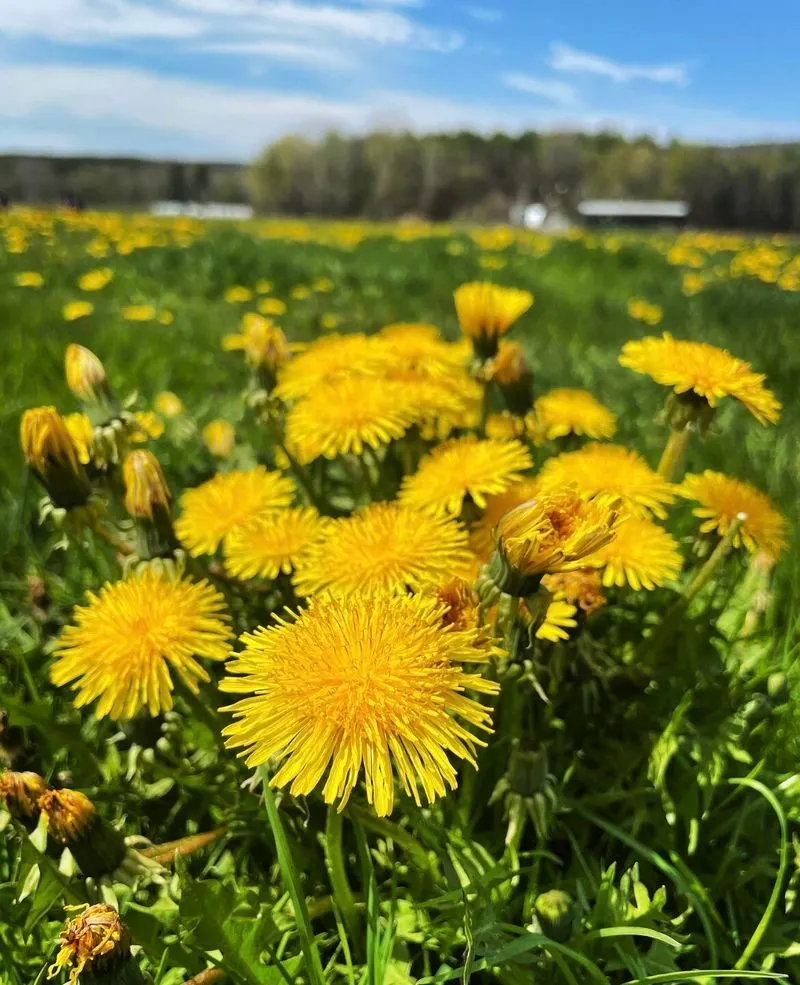
Often overlooked as a weed, dandelions boast edible flowers that bring a honey-like sweetness with a hint of bitterness. These sunny blooms are perfect for salads, wines, and teas.
Dandelions are packed with vitamins and minerals, traditionally used in herbal medicine to support liver health and digestion. Their entire plant is edible, from root to flower, offering versatility in the kitchen.
Growing dandelions requires little effort as they readily adapt to various conditions, providing not only a foraging opportunity but also a robust plant for home gardens.
Violet
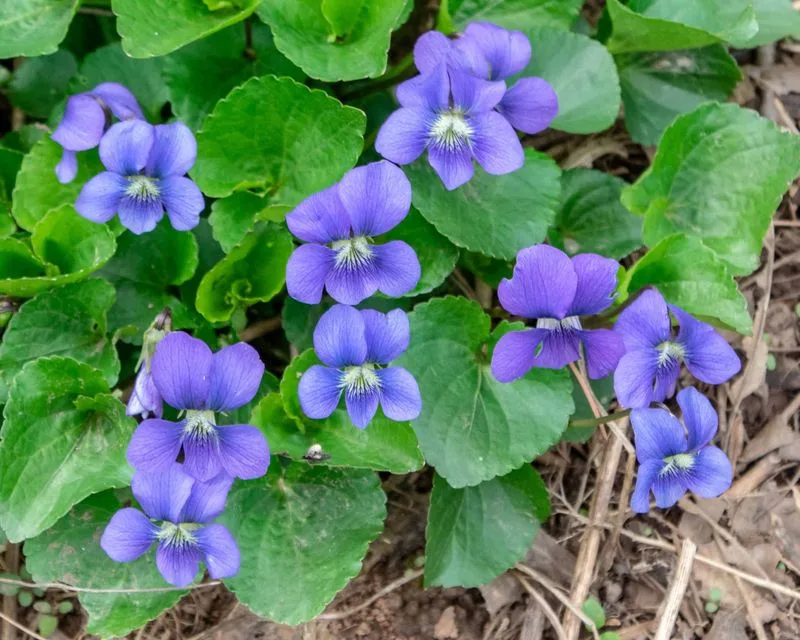
Violets, with their dainty purple blooms, offer a sweet, grassy flavor that complements both sweet and savory dishes. These flowers can be crystallized for desserts or added fresh to salads for a pop of color.
Historically, violets have been used in perfumes and herbal remedies, cherished for their fragrance and medicinal properties. Easy to grow in shaded areas, violets make a charming addition to any garden.
Their delicate appearance belies a robust plant that delights both the eye and the palate, making them a versatile choice for culinary experimentation.
Chamomile

Chamomile flowers, known for their calming effects, also bring a gentle apple-like flavor to teas and desserts. These small, daisy-like flowers can be dried or used fresh to impart a soothing taste and aroma.
Chamomile is often associated with relaxation and sleep, making it a staple in herbal teas. The flowers are easy to cultivate, thriving in sunny areas with well-drained soil.
Beyond their calming properties, chamomile flowers add a touch of elegance to dishes, whether steeped in milk for custards or sprinkled over salads.
Jasmine

Jasmine flowers, with their intoxicating fragrance, offer a sweet, floral flavor that elevates teas and desserts. These blossoms are often used in scenting teas, imparting their rich aroma and subtle taste.
In addition to their culinary use, jasmine flowers are prized in traditional medicine for their soothing effects. Easy to grow in warm climates, jasmine vines can transform gardens with their heady scent.
Their enchanting fragrance and delicate beauty make jasmine flowers a cherished addition to both gardens and kitchens, bringing a sense of serenity and elegance.
Bee Balm
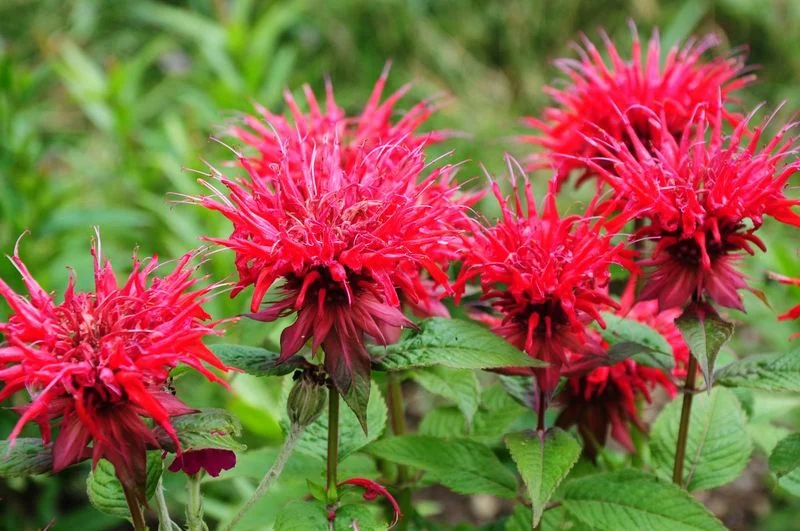
Bee balm, also known as monarda, delights with its vibrant colors and aromatic leaves. The flowers have a minty, citrus-like flavor, perfect for teas and salads. These striking blooms not only add taste but also attract pollinators like bees and hummingbirds.
Bee balm is a member of the mint family, easy to cultivate, and beneficial to garden ecosystems. Its tall, colorful flowers bring a wild, natural feel to any landscape.
In the kitchen, bee balm can invigorate dishes with its zest and color, making it a versatile and attractive choice for gardeners and cooks alike.
Marigold

Marigolds, with their bright and cheery appearance, offer a mild, citrusy flavor that complements salads and rice dishes. Known also as “poor man’s saffron,” their petals can add color and flavor to culinary creations.
These flowers are more than just ornamental; they have been used traditionally in medicinal and culinary applications. Marigolds are easy to grow and can deter pests, making them a beneficial addition to vegetable gardens.
Their vibrant blooms provide visual and flavorful delight, enhancing both gardens and dishes with their sunny disposition and subtle taste.
Squash Blossoms
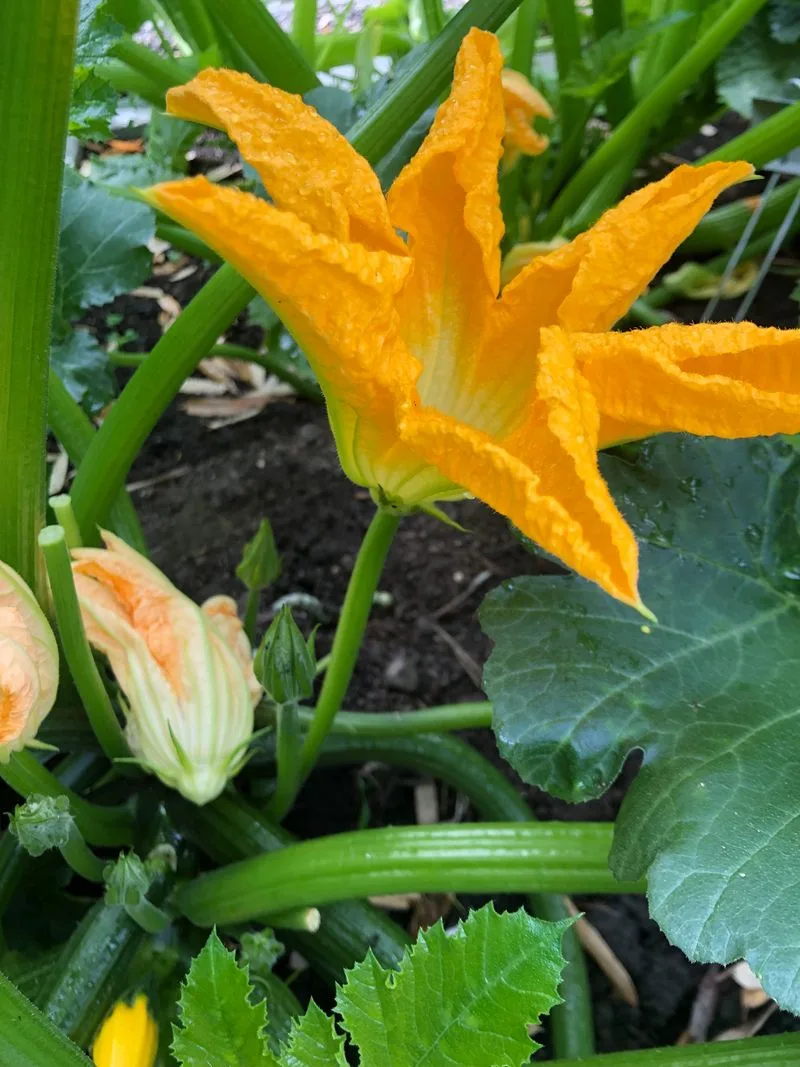
Squash blossoms are garden gems, offering a mild, slightly sweet taste that pairs well with a variety of fillings. These golden flowers are often stuffed with cheese or batter-fried for a delicious treat.
Harvested from zucchini and other squash plants, they add a touch of elegance to seasonal dishes. Easy to grow alongside their fruit-bearing counterparts, squash blossoms are a culinary delight that requires minimal effort.
Their delicate texture and versatile nature make them a favorite among chefs and home cooks alike, perfect for adventurous culinary creations.
Elderflower
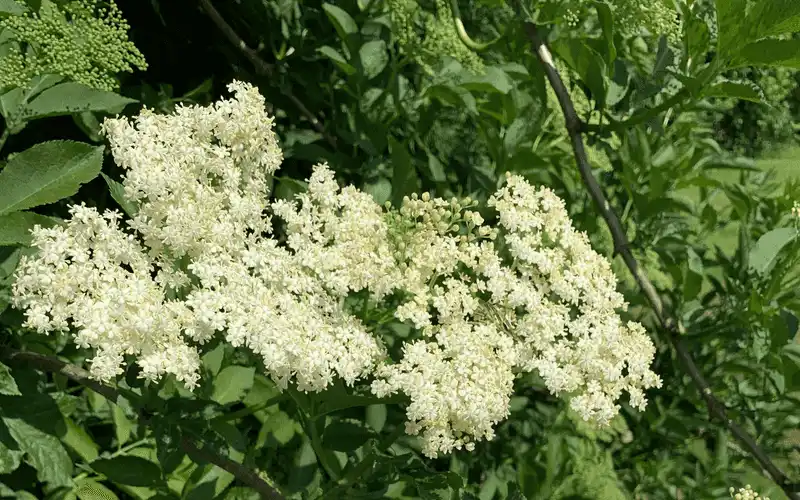
Elderflowers, with their tiny, cream-colored blooms, bring a floral, honey-like flavor to syrups, cordials, and desserts. These fragrant flowers are often used to make elderflower cordial, a classic refreshment.
Known for their potential health benefits, elderflowers have been used in traditional medicine to boost immunity and support respiratory health. They grow in clusters on elder trees, thriving in temperate regions.
Their subtle sweetness and aromatic qualities make elderflowers a beloved ingredient in kitchens and gardens, offering both culinary pleasure and visual charm.
Mexican Huitlacoche Flower
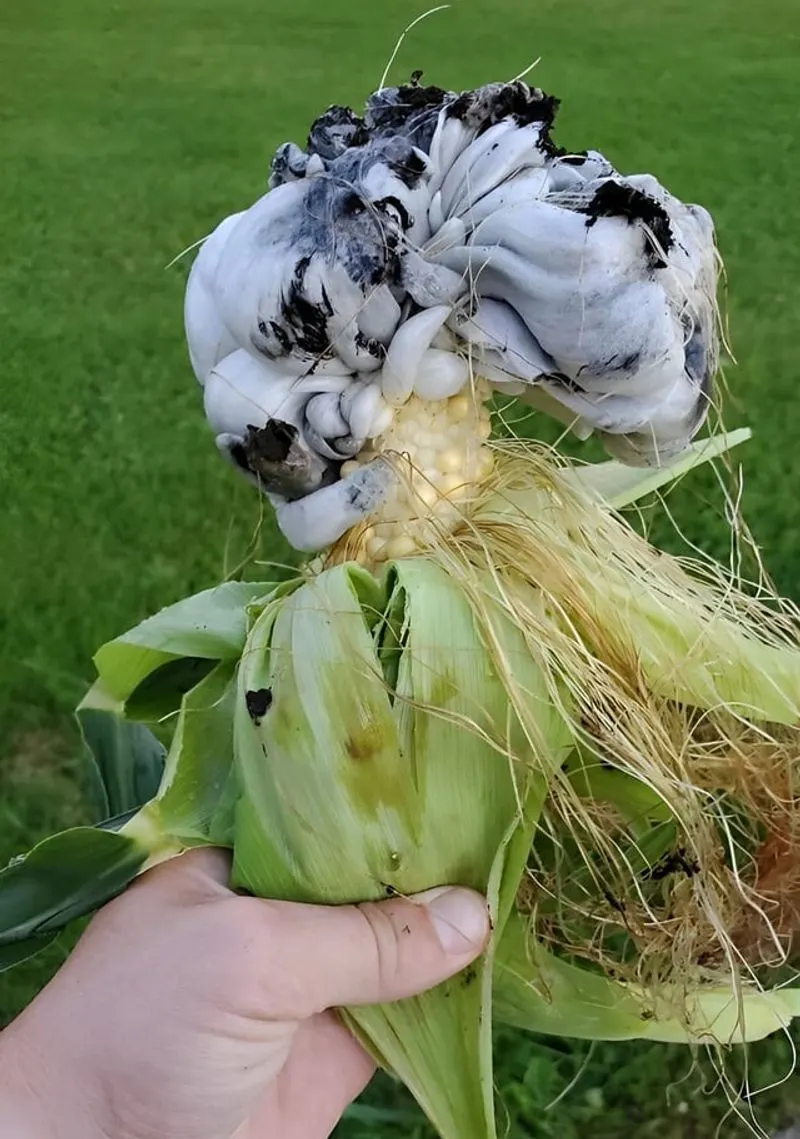
Ever heard of the Mexican Huitlacoche flower? Often referred to as the ‘Mexican truffle,’ this unique bloom grows on corn and offers a surprisingly savory flavor. Imagine a mushroom-like, earthy taste with a hint of sweet corn.
In Mexican cuisine, it’s celebrated as a gourmet ingredient, elevating everything from quesadillas to tamales. As you bite into a dish featuring this flower, the flavors transport you to a bustling Mexican market.
Interestingly, this flower is a type of corn fungus, transforming what’s usually seen as a pest into a culinary treasure. Give it a taste and discover its unique charm!

